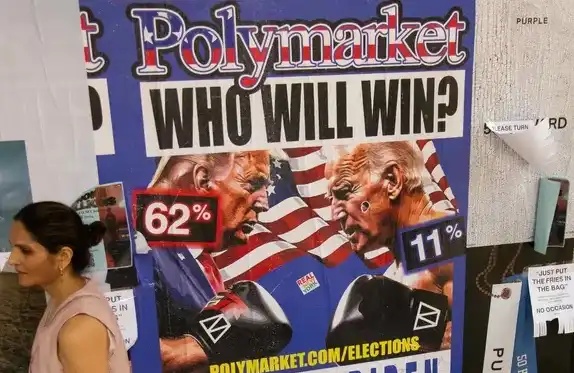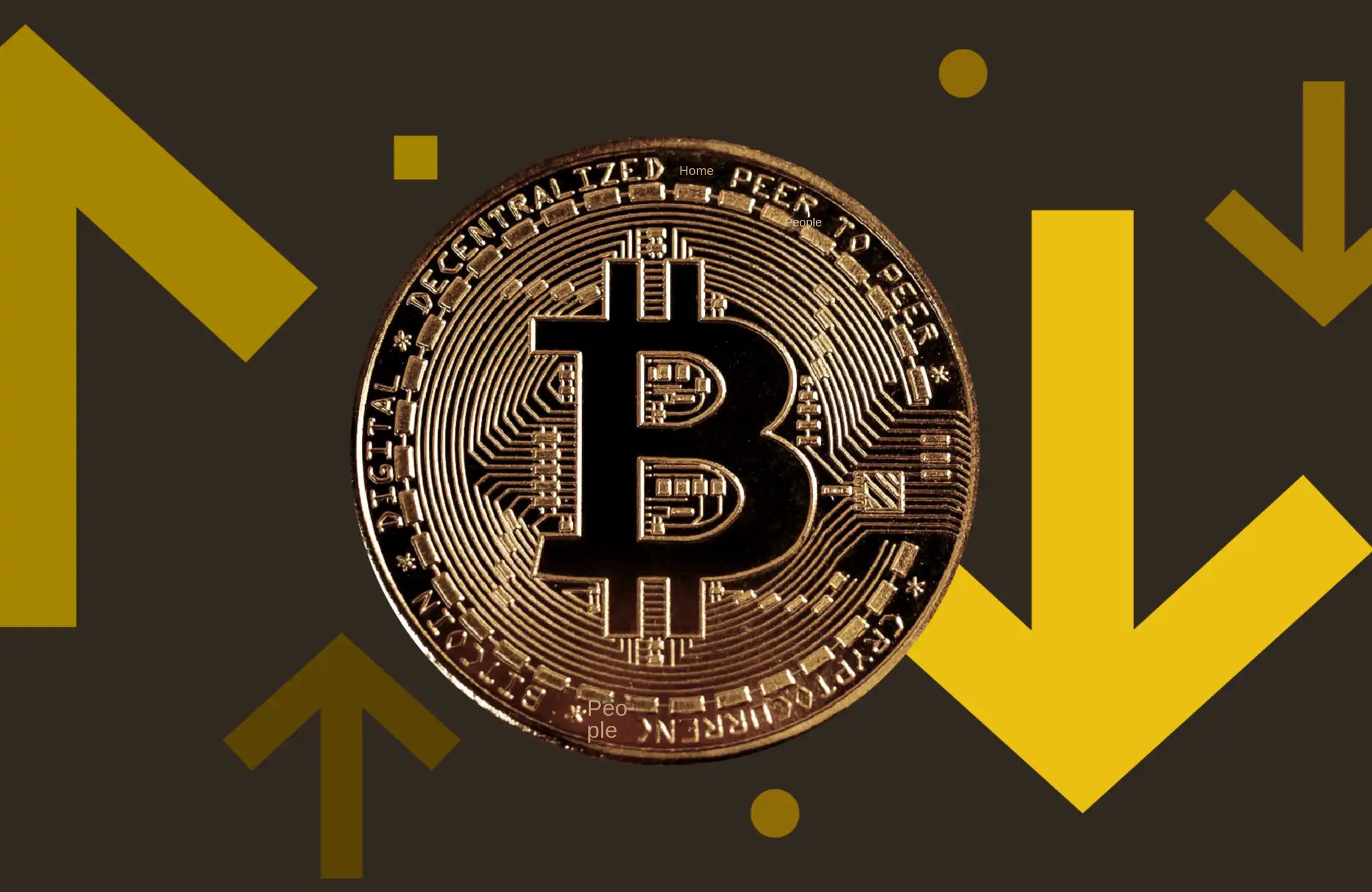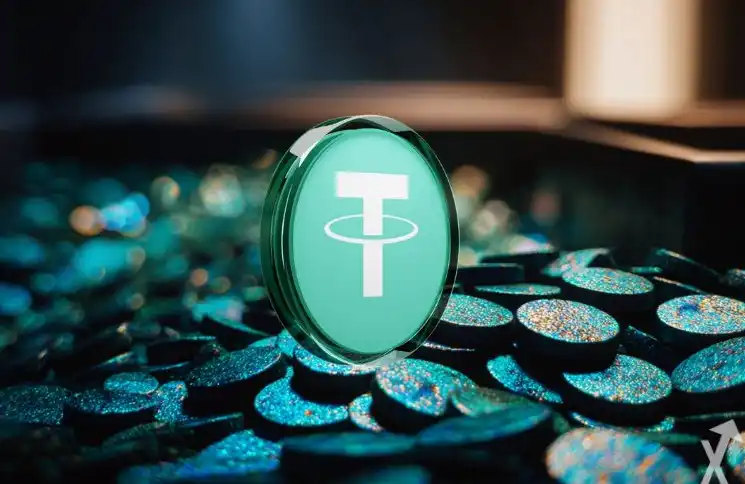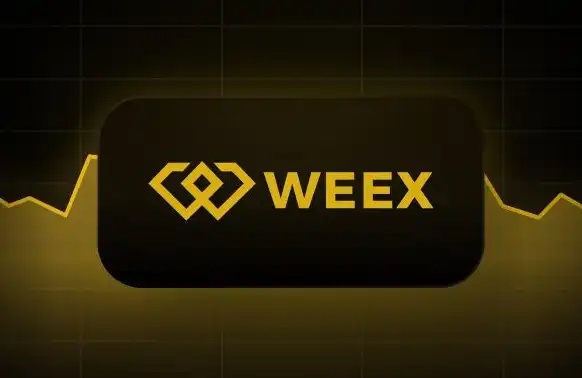Polymarket Returns to the U.S., Where Will the Next Prediction Market Opportunity Be?
Original Article Title: Prediction Markets: A Differentiated Hedging Tool
Original Article Author: Noveleader, Castle Labs
Original Article Translation: Ismay, BlockBeats
Editor's Note: As Polymarket prepares to reopen to U.S. users, prediction markets are rapidly emerging in the crypto space as a differentiated hedging tool, evolving from a niche play to a key tool for risk mitigation and event outcome capture. This article deeply analyzes the operational logic, liquidity challenges, potential scalability paths of prediction markets through specific cases, and explores their application value in high-impact events such as elections and drug approvals.
The article points out that prediction markets have not only provided a new hedging tool for professional investors but also opened up a new entry point for ordinary users to participate in the crypto world, covering diverse trading scenarios from pop culture to cutting-edge technology products. For both new and seasoned readers interested in crypto financial innovation, market structure evolution, and risk management, this article provides valuable insights.
Below is the original content:
Prediction markets are rapidly evolving and have become one of the hottest narratives. The more I read, the more I realize that prediction markets may be an excellent tool for hedging certain global or local events, depending on the direction of exposure in my trades. Clearly, this use case is not yet widely utilized, but I anticipate that as liquidity improves and prediction markets reach a broader audience, this application scenario will see explosive growth.
Vitalik recently mentioned prediction markets in his article on low-risk DeFi. In this regard, "hedging event risk" is the most important use case of prediction markets. It not only helps maintain liquidity circulation but also creates more opportunities for ordinary participants in prediction markets.
We know that more and more new companies are entering the prediction market race, increasing the number of projects under development in this area to 97. While these projects vary in service direction and will grow with the industry and user base, a few products still stand out based on transaction volume data.
Furthermore, it is also important to note that the prediction market, as a niche track, is still in the exploration stage. New winners will continue to emerge in the future, developing alongside mature projects that already hold a significant share of the prediction market trading volume, such as @Polymarket, @Kalshi, and @trylimitless.
The Evolution of Prediction Markets
Here I will briefly review the history of prediction markets (not too distant past). Prediction markets have only gradually entered the mainstream view in recent years, especially during the 2024 U.S. presidential election, when Polymarket's trading volume saw a significant surge, bringing the needed attention to the prediction market.

Since that peak, although the trading volume has not been able to maintain the level of 2024, it has consistently remained in a relatively high range. Recently, as shown in the monthly trading volume chart above, the trading volume has started to grow again. With the development of this trend, companies such as Kalshi and Limitless have also gradually achieved higher trading volumes, growing into strong competitors that can now rival Polymarket.
In addition, different types of prediction markets continue to emerge, targeting different user groups and applications, pioneering their own niche tracks. A good example is @noise_xyz (currently still in the testnet stage), which allows users to engage in leveraged trading based on the "attention" to a specific project.
Prediction Markets as a Hedging Tool
Next, let's get into my core point of view.
Future prediction markets will become more efficient and liquid, thus becoming valuable hedging tools. I am not saying that they are not currently being used for hedging, but rather that the scale is still not sufficient to have a broader impact.
If we look at existing use cases, an article by @0xwondr explains this well. He illustrates how he used the prediction market for hedging when the Trump Token was launched earlier this year. He bought $TRUMP tokens on one hand and also bought "Will Trump be hacked?" shares on the prediction market on the other hand. This way, if a hack did occur, he could offset the loss with the "Yes" shares he held; conversely, if there was no hack, the token itself had great potential for a significant increase (which we did see eventually).

Let me try to illustrate the "hedging" opportunity through another example. Imagine an investor has a significant portion of their portfolio invested in a specific pharmaceutical company. The company is awaiting FDA approval for its new product. If approved, the company's stock price is likely to skyrocket; if rejected, the stock price could plummet. If there is a prediction market for the same outcome, the pharmaceutical company investor can hedge their stock position by purchasing "No" shares.
Of course, there are different views on this practice: some believe that there are better and more liquid channels to achieve this kind of hedge. Investors could simply short the stock and then wait for the approval result. However, the question is whether investors can strictly maintain the hedge based on a pending FDA approval result alone? The answer is clearly no.
By utilizing prediction markets, hedging those decisions that are not yet known to anyone has become a feasible option. Perhaps in the long run, prediction markets will become a hedging tool that can complement existing channels. If used efficiently, prediction markets can indeed be a very effective hedging tool.
Similar examples include election results, macroeconomic events, interest rate adjustments, and more. For these event-specific risks, there are hardly any other viable avenues for hedging.
What is Needed for Prediction Markets to Scale?
The evolution of prediction markets and the new liquidity brought in by users have helped them become a liquid venue for hedging against specific events or markets. But the question is, does the liquidity of these markets suffice for large-scale hedging?
A simple answer is: not really, at least for most markets.
You may have seen some decent trading volume data at the beginning of the article. Polymarket saw nearly $1 billion in trading volume last month, which is quite impressive for a binary market that does not offer leverage and is based on a relatively emerging narrative. However, this trading volume is spread across different markets and topics, not focused on a single event but rather the platform's total trading volume. In fact, only a few events truly contributed to the majority of the volume.
Leaving aside trading volume, the core issue we need to discuss is liquidity, as the growth in trading volume relies on deeper liquidity.
Deeper liquidity ensures that the price is less prone to manipulation, a single trade does not significantly impact the entire market, and the slippage is minimized during trades.
Currently, prediction markets mainly acquire liquidity through two methods:
1. Automated Market Makers (AMM): Under the classic AMM structure, users trade with liquidity pools. This is suitable for the early stages of a market but not for large-scale expansion. At this point, an order book has the advantage.
2. Order Book: The order book relies on active traders or market makers to maintain liquidity and is very suitable for market scalability.
I recommend reading @Baheet_'s article to gain a deeper understanding of how prediction markets operate:

Since we are focusing on scalability here, I will concentrate on the Orderbook. In the Orderbook, liquidity can be achieved through traders or Market Makers (MMs) placing orders actively, or a combination of both. Structures involving Market Makers usually tend to be more efficient.
However, due to significant differences between traditional markets and event-based markets (prediction markets), it is not easy to provide liquidity in binary markets like Polymarket or Kalshi.
Here are some reasons why Market Makers may be hesitant to participate:
1. High Inventory Risk: Prediction markets can experience significant price swings due to specific news. A market may be trending strongly in one direction but could quickly reverse. If a Market Maker's pricing is against the market direction at that moment, they could face substantial losses. While hedging can help mitigate this, often these tools do not offer convenient hedging options.
2. Trader and Liquidity Insufficiency: The market lacks sufficient liquidity. This sounds like a "chicken and egg" problem, but the market needs frequent traders or takers to provide profit to Market Makers through bid/ask spreads. However, certain markets have too little trade volume and frequency, which doesn't incentivize Market Makers to actively participate.
To address this issue, some projects are actively exploring solutions. For example, Kalshi utilizes third-party Market Makers while also having an in-house trading desk to maintain liquidity. Conversely, Polymarket relies mainly on the naturally occurring supply and demand relationship in the Orderbook.
Ultimately, to gain trading volume and users, a market where everyone wants to participate must be built. Such markets should have three key characteristics:
1. High Leverage: Not easy to achieve in binary Yes/No markets as users cannot pursue higher returns through leverage. Some platforms like @fliprbot offer leveraged trading in prediction markets, but the trade volume is usually low. Additionally, Limitless offers markets with daily and weekly settlements, allowing users to participate in quicker-settling markets, potentially increasing returns.
2. High-Frequency Markets: The more markets users have to choose from, the more they tend to transact on the same platform. More markets mean more trading volume.
3. High Market Outcome Value: Markets with outcomes that have significant impacts generate significant trading volume. This is especially evident in election or drug approval-related markets because the outcomes of these events significantly influence broader market reactions.

Reflections
The prediction market has undoubtedly made a profound impact on the industry. Just this week, its trading volume has surpassed that of meme coins, demonstrating a clear growth trend and widespread adoption.

I also want to point out that the prediction market has indeed fueled the state of "Hyperfinancialization." Frankly, as long as people are not losing significant funds, this state itself is not a problem. I have even written an article discussing how we are moving towards a state of "Everything Marketization," and why this trend has both advantages and disadvantages.
If you're interested in reading, you can find the article here.

Finally, I truly believe that the prediction market is an excellent way to onboard new users into the crypto space, as these markets are often aimed at the general audience beyond the crypto-trader circle. Almost everything and every topic has a corresponding market, including pop culture, celebrity gossip, new Apple product releases, and almost anything you can think of. Allowing anyone to trade on things they are interested in is a powerful potential in itself, and it is an area that I am very excited to observe and participate in.
So, it can be said that the prediction market is the alpha.
Check out the original article.
Welcome to join the official BlockBeats community:
Telegram Subscription Group: https://t.me/theblockbeats
Telegram Discussion Group: https://t.me/BlockBeats_App
Official Twitter Account: https://twitter.com/BlockBeatsAsia


 Forum
Forum Finance
Finance
 Specials
Specials
 On-chain Eco
On-chain Eco
 Entry
Entry
 Podcasts
Podcasts
 Activities
Activities
 OPRR
OPRR









